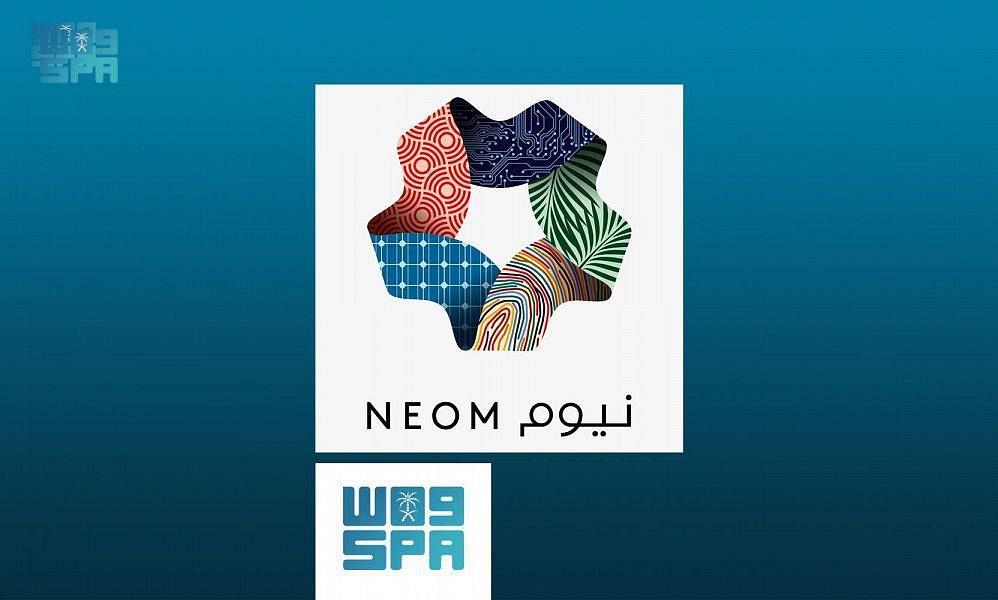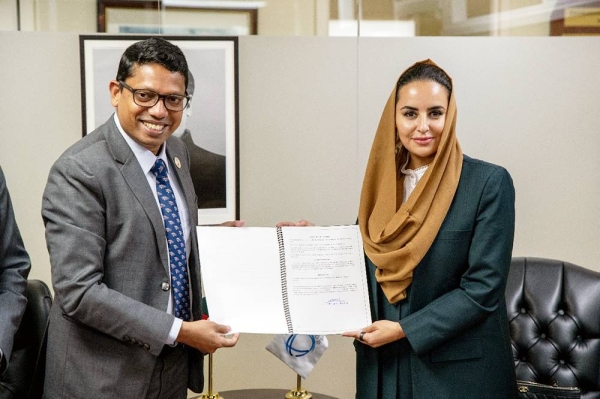
rom crowded informal settlements to conservation areas teeming with wildlife, cottage industries have popped up around the globe producing and distributing face masks for frontline workers, taxi drivers, market sellers and more. Usually comprised of two fabric layers with a disposable filter, mask-making enterprises are stoking local economies and helping communities.
In Bangladesh, where there have been over 25,000 confirmed cases of Covid-19, shopping malls are once again open, and garment factories – which provide 84% of the country’s total exports – have resumed operations despite worker claims that mask-wearing and social distancing are not enforced.
One humanitarian group has sought to address the countrywide shortage of personal protection equipment by converting its workshop intended to manufacture water safety equipment. In the small fishing village of Shamlapur, the factory has been transformed to make masks to supply Cox’s Bazar and the surrounding refugee camps, where 1 million Rohingya live in dismally overcrowded conditions. The first Covid case in the camps was confirmed last week, sparking fears among aid workers that a rapid spread of infection could ensue.
“When we saw in other countries how fast the pandemic was spreading, we thought about how we could use our resources to help prevent the spread in Bangladesh. We did some studies and decided to make masks instead, and had our [prototype] given the go-ahead by the Cox’s Bazar civil surgeon,” says Regina Catrambone, co-founder of Migrant Offshore Aid Station (Moas), which has worked in Bangladesh since 2017.
“We then composed a team of 70 tailors to sew together the cotton masks, which we sterilise and get distributed by the International Organization for Migration (IOM). They’re cotton masks – they’re not surgical masks or N95 or N3 masks – but in a situation where there is no other way to protect yourself, they can help.”
Since operations began 25 March, the tailors have made 80,900 masks and to date have provided the largest distribution in the area, says Catrambone. Along with its local social development partner Nongor, Moas plans to open a second workshop in Cox’s Bazar and over the next three months make another 200,000 masks, all of which the IOM will distribute for free to frontline workers such as nurses and firefighters, as well as refugees.
“This work is important for us, because in a situation where people have no other means of income, [mask-making] allows tailors to continue to support their families and put food on the table every day,” says Catrambone.
In Samburu county in northern Kenya, a wildlife conservation trust that protects endangered zebras has shifted its operations from producing reusable sanitary pads for local girls to zebra-patterned cloth face masks for the whole community.
Grevy’s Zebra Trust normally employs girls and women in the Wamba region to monitor zebra populations. It also runs an income-generating programme for women and girls to make sanitary pads, which they sell at school or in their communities. But as soon as Kenya went into lockdown, the trust shifted towards producing face masks as a means of protecting local populations, said co-founder Belinda Low Mackey.
“Physical distancing is very difficult in rural communities who live in communal set-ups,” she said. “We had a good stock of sanitary pads and our distribution stopped because the schools closed. We wanted to keep our [local] team employed so this seemed like a win-win for the women and for public health.”
Kenya has one of the strictest face-mask wearing policies in the world, with citizens required to wear one in public or face six months’ imprisonment. The trust’s masks contain two layers of the same zebra-print cotton that makes up the sanitary pads, with an additional layer of filter material in between.
The pattern raises awareness for the endangered Grevy’s zebra, whose populations are in rapid decline – just 3,000 remain, mostly in northern and central Kenya.
As there is no iron at the trust’s camp in Westgate Community Conservancy, project manager Damaris Lekiluai presses folds into the fabric in Wamba, a town nearby. Lekiluai’s three colleagues can create 300 masks a week with their treadle-powered sewing machines. They have made 500 so far, enough for the entire Grevy’s Zebra Trust team and their families.
The focus now is to get masks out to the community, says Low Mackey. “There’s a huge demand because there aren’t enough face masks in Kenya generally, even for health professionals,” she said. “It’s a real gap that we’re serving.”
To ensure the trust’s community teams stay safe whilst protecting wildlife, the team members wear their masks and stay 2m (6ft) apart, a concept translated into Samburu as “one large cow’s length between you”.
In five countries across Africa, where an estimated quarter of a billion people are expected to catch the virus over the next year, volunteers have been distributing thousands of locally-made masks through a venture supported entirely by crowdfunding.
Set up by humanitarian aid worker Emilie Serralta, who has worked in Africa for the past 20 years, since April the project has produced and distributed for free more than 7,000 masks in Benin, the Democratic Republic of the Congo, Kenya, Nigeria and Senegal. Another 3,000 are currently planned.
African Masks, as they are dubbed, rely on networks of local tailors and volunteers working to an approved pattern. Each mask has two layers of bright African textiles and a pocket for a disposable filter. In Kenya, the masks are made by fashion house Tenge Vuli; in Nigeria, Senegal and the DRC by local tailors.
Serralta had a number of contacts to call on when trying to find local partners for the venture, she says, from women’s groups to human rights defenders.
The venture has contributed to the local economies at a time of major upheaval. “The tailors have been very grateful for the work because at the moment with the lockdown it’s really challenging,” says Serralta.
“In Kenya, the project has helped employ people for nearly a month when otherwise they’d have had very little or no work. For anyone who’s been in one of Africa’s big cities or even the informal settlements, the social distancing is a big challenge. Making masks was an attempt to protect people and their communities.”
Distribution has been left entirely up to the local partners, says Serralta, who chose the recipients on a needs basis. In Kenya, the masks were given to stallholders at a market which had seen two cases; in the DRC, volunteers handed out masks to minibus and taxi drivers.
“This really is a project of international solidarity,” she says.
“The initiative in terms of fundraising came from me, but the initiative to do something about Covid came from all the people on the ground. They didn’t wait for the government to act, they stepped in and stepped up right from the start. The masks were just an add-on to some programmes they already had in place, such as food distribution or help for vulnerable women.”
In India, where the northeast border meets Myanmar, an organisation training women from the marginalised Chandel district in weaving and tailoring has moved to masks instead of the usual export-ready shawls, sarongs and table runners.
The Weaker Sections Development Council employs about 20 weavers and 15 tailors. Using organic cotton fibres naturally dyed with turmeric at the WSDC centre and then delivered to the weavers’ homes, the threads are woven into masks on looms.
Sold locally for 50 rupees (50p) and more widely for 100 rupees, WSDC’s Angdawnsaang Khaling says the pandemic has not yet reached Chandel, but has affected the nearest city, Imphal, 50km (31 miles) away.
“From an outsider’s perspective, 50km may seem very close, but considering it’s lockdown, we feel safe,” he said. “There are no masks provided by authorities to the public, but people are informed. So far we have made 2,000 masks and the central government [in Delhi] is interested and has asked us to send over samples [for a large tender].
“There aren’t many other [organisations] making organic masks with eco-friendly dyes, so fingers crossed the tender goes through. It would be amazing for the weavers.”
Additional reporting by Liz Kalaugher and Anne Pinto-Rodrigues












